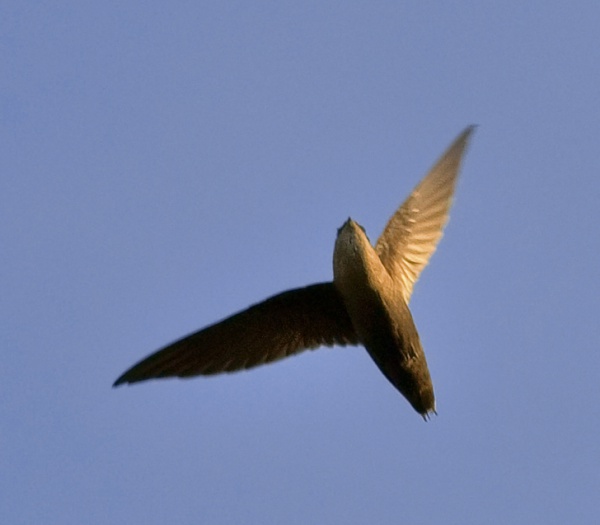Facts About Chimney swift
The chimney swift is a fascinating bird from the swift family, Apodidae, closely related to Vaux's swift and Chapman's swift. It is medium-sized, with long, slender wings, short legs, and sooty gray feathers. Unlike many birds, chimney swifts cannot perch; instead, they cling vertically to surfaces. They primarily feed on flying insects and are known to mate for life. Their nests, constructed from twigs and saliva, are commonly found in chimneys or other man-made structures. Typically, they lay 4-5 white eggs, which hatch after approximately 19 days.
Initially, the chimney swift was mistaken for a swallow by Linnaeus in 1758. It belongs to the genus Chaetura and has no subspecies, with its closest relative being Vaux's swift. The name Chaetura describes its tail feathers ending in sharp points, while pelagica refers to its migratory lifestyle. Often described as a "cigar with wings" the chimney swift is an exceptional flyer.
These birds breed in the eastern United States and migrate to South America for the winter. They are social creatures, rarely seen alone, and often roost communally. Remarkably, they drink and bathe while flying and are known for the loud clapping of their wings when disturbed. Their diet mainly consists of flying insects.
Chimney swifts form lifelong breeding pairs and nest in human-made structures. The female lays 4-5 eggs, and both parents take turns incubating them. The young birds are helpless at birth and leave the nest after about a month. Predators like raptors and parasites pose threats to chimney swifts, and their population has declined, leading to a vulnerable conservation status.

 Mexico
Mexico